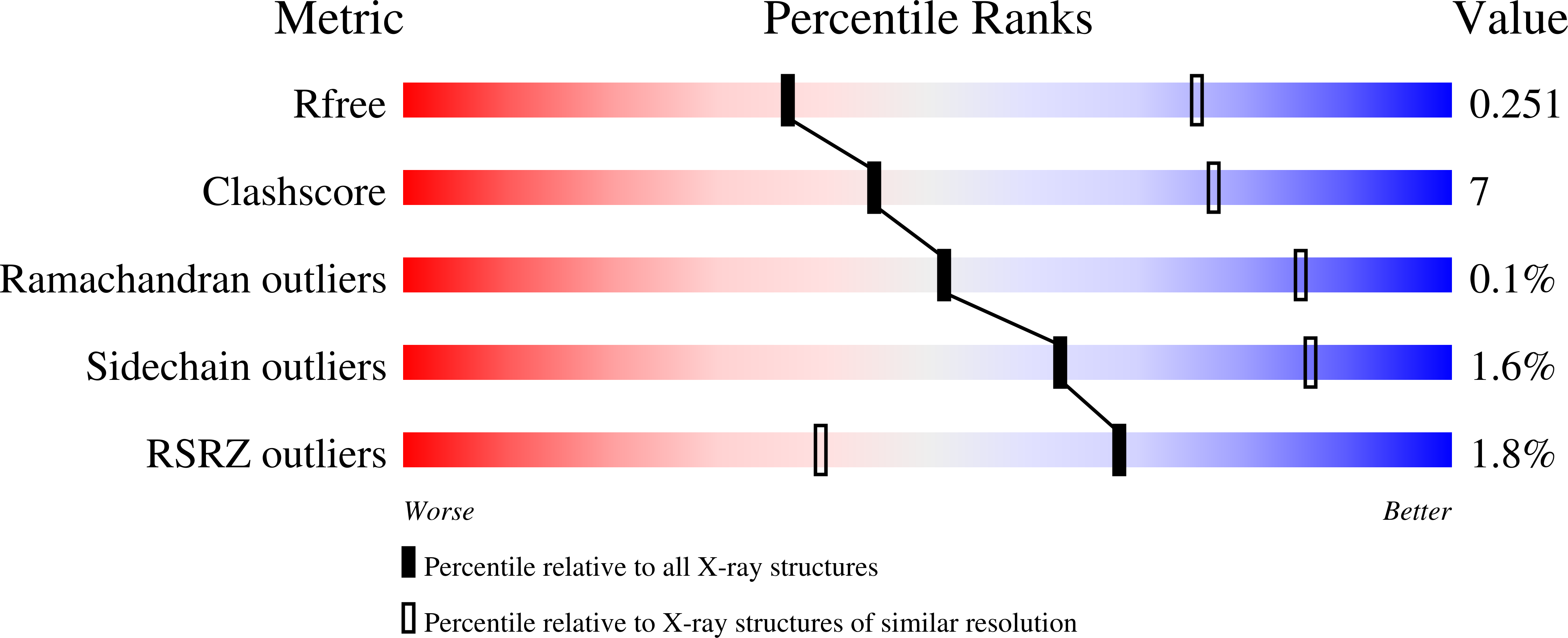
Deposition Date
2020-11-19
Release Date
2021-08-04
Last Version Date
2024-10-23
Entry Detail
PDB ID:
7B0I
Keywords:
Title:
Structure of a minimal SF3B core in complex with spliceostatin A (form II)
Biological Source:
Source Organism:
Homo sapiens (Taxon ID: 9606)
Host Organism:
Method Details:
Experimental Method:
Resolution:
3.00 Å
R-Value Free:
0.24
R-Value Work:
0.21
R-Value Observed:
0.21
Space Group:
P 32 2 1


